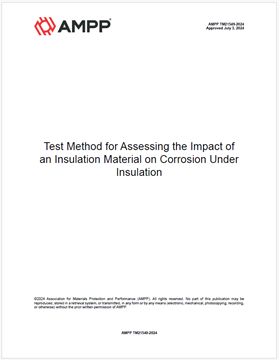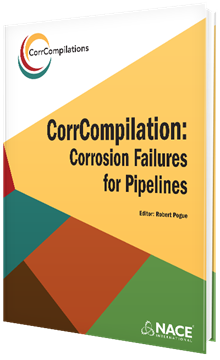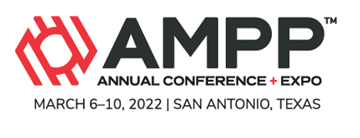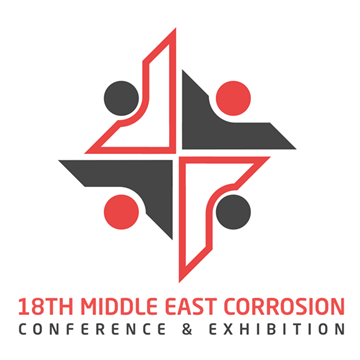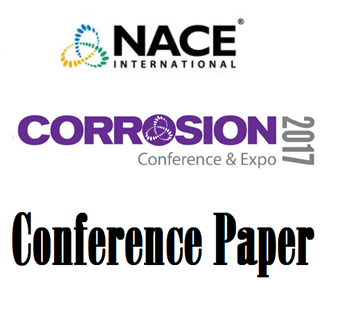Search
Products tagged with 'cui'
View as
Sort by
Display
per page
AMPP TM21549-2024, Test Method for Assessing the Impact of an Insulation Material on Corrosion Under Insulation
Product Number:
AMPP TM21549-2024
Publication Date:
2024
$109.00
CorrCompilation: Corrosion Failures for Pipelines
Product Number:
37640-E
ISBN:
978-1-57590-380-4
Publication Date:
2018
$125.00
Corrosion Under Insulation And Atmospheric Corrosion In The Refinery Industry. An Accurate Approach To Estimate Corrosion Growth Rates, A Texas Refinery Case Study
Product Number:
51322-17751-SG
Publication Date:
2022
$20.00
Cost of Corrosion Model for Corrosion Under Insulation (CUI) Program Scoping and Optimization
Product Number:
MECC23-20377-SG
Publication Date:
2023
$20.00
CUI Management Through Moisture Barrier System And Field Assessment
Product Number:
51321-16914-SG
Publication Date:
2021
$20.00
Cyclic CUI Testing of Insulation Materials
Product Number:
51317--8877-SG
ISBN:
8877 2017 CP
Publication Date:
2017
$20.00
Deployment of CUI Prevention Strategies and TSA Implementation in Projects
Product Number:
51312-01100-SG
ISBN:
01100 2012 CP
Publication Date:
2012
$20.00
Effect of Additives to Corrosion Inhibitor for Duplex Stainless Steel in Acidizing
Product Number:
51321-16402-SG
Publication Date:
2021
$20.00
Evaluation of Various IMM/IC Coating Systems in Terms of Corrosion Protection
Product Number:
51324-20414-SG
Publication Date:
2024
$40.00
Improving mineral wool CUI performance – next generation
Product Number:
51323-18959-SG
Publication Date:
2023
$20.00
Integrity Maintaining and Cost Saving Advanced CUI Detection Technique (PEC)
Product Number:
MPWT19-14242
Publication Date:
2019
$0.00
Mineral Wool CUI Mitigation Improvements
Product Number:
51324-20798-SG
Publication Date:
2024
$40.00

